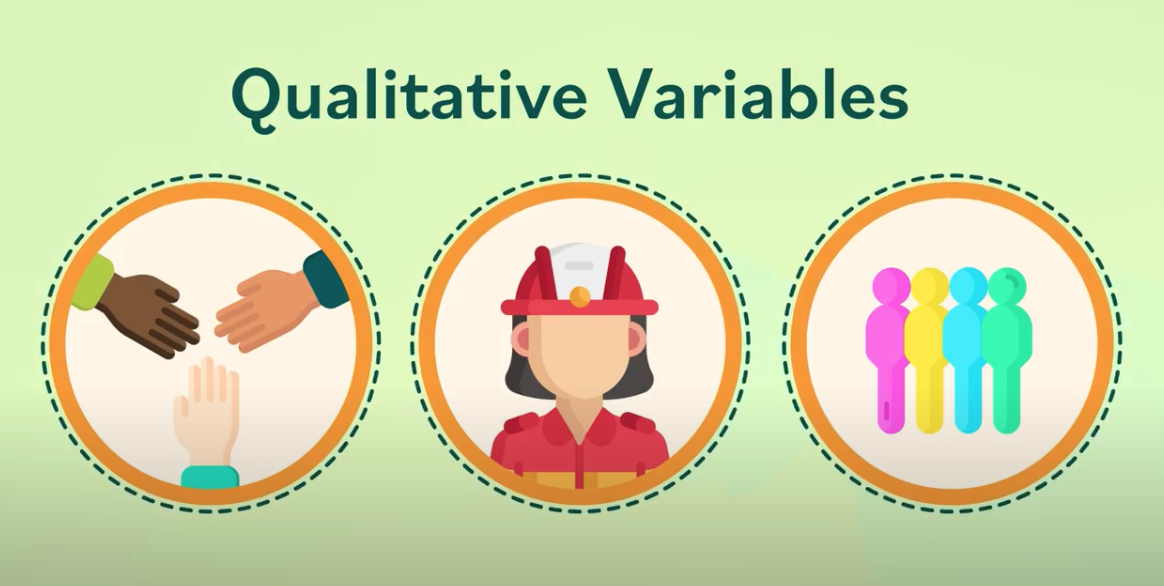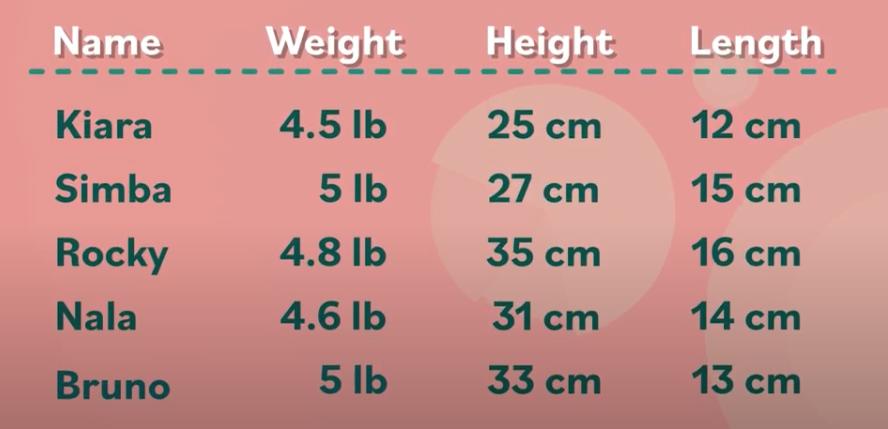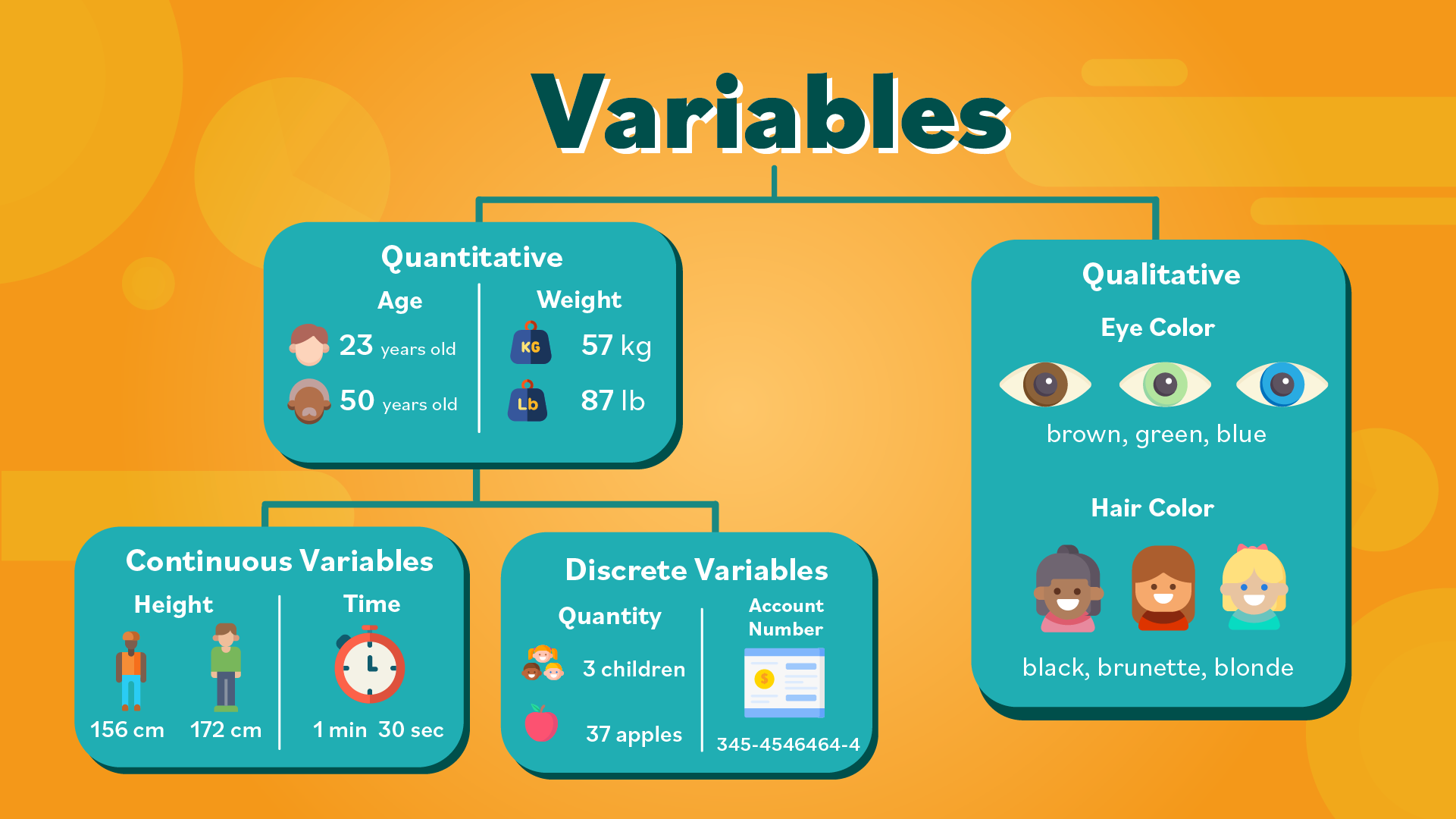Statistics: Basic Concepts -
Variables

Statistics: Basic Concepts
Variables


/en/statistics-basic-concepts/key-terms/content/
Variables are characteristics or qualities of a person, animal, or object that you can count or measure. As the term suggests, the value of the variable can vary, or change. For example, a person’s age, a dog’s weight, or the height of a building are all different types of variables.
Watch the following video to learn more:
Types of variables
There are two types of variables that are used to analyze and interpret data: qualitative variables, and quantitative ones.


In turn, quantitative variables are divided into discrete and continuous ones.

In the next lesson, we’ll teach you how to create a frequency table.
/en/statistics-basic-concepts/frequency-tables/content/